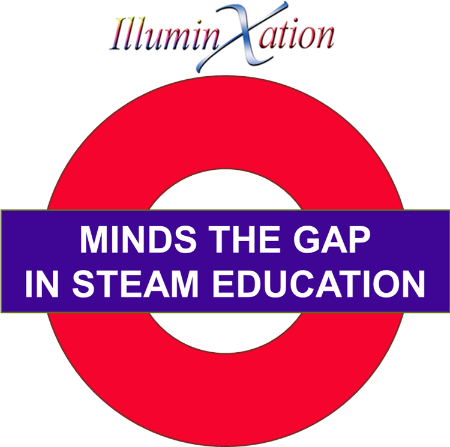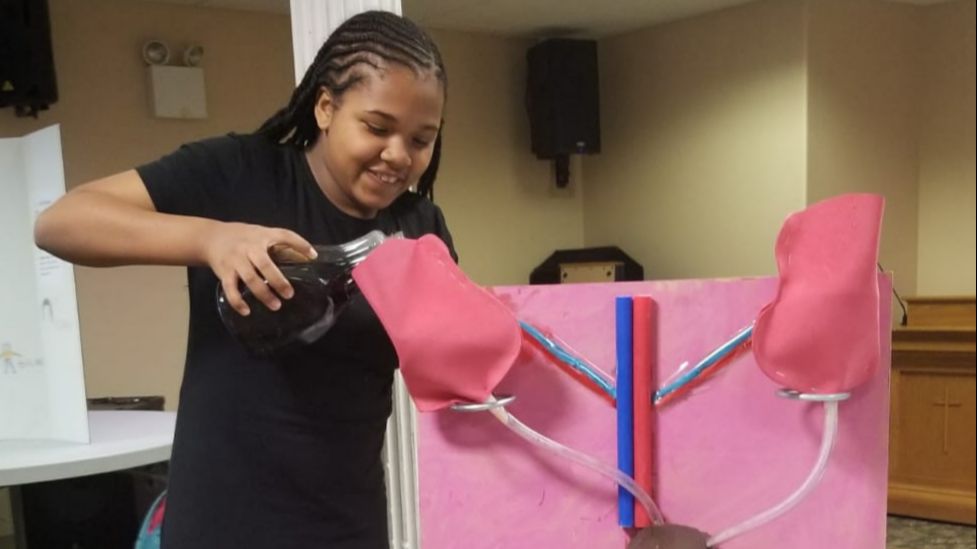A recent Program for International Student Assessment (PISA) study, conducted in 2015, revealed that American students were subpar in Math and average in Science and Reading. Students in 36 countries outperformed Americans in Math. Also, Americans scored lower in Science than students in 18 countries and lower in Reading than students and 14 countries. Singapore on the other hand dominated in all fields. The PISA data for the US has been declining consistently since 2009 (US Department of Education, 2015). Data from the National Assessment of Educational Progress also showed that for elementary students in grade eight less than one third were proficient in math and science (Executive Office of the President, 2010). Additionally, students who took the international examinations Trends in International Mathematics and Science Study (TIMMS) scored either average or below other nations (Executive Office of the President, 2010).
The huge gaps in the knowledge and skill-sets of American students is problematic because it signifies that due to the lack of the number of STEM/ STEAM teachers, STEM/STEAM students, or STEM/STEAM-literate citizens who are proficient in these fields America will eventually lose its global preeminence in the creation of innovative products for the advancement of healthcare, clean energy use, environmental preservation, savvy technology, defense, and agriculture (Committee on STEM Education & National Science and Technology Council, 2013), to name a few, if something is not done to alleviate this issue (Business-Higher Education, 2011; US Department of Education, 2015).

In order for the US to maintain its global stature as a trailblazer in its’ scientific and technological advancements, the Nation has to perpetuate the advances made in STEM/STEAM through the engagement of its’ future generation of students, particularly those who are underrepresented in the fields namely African-American, Hispanics and Latinos, American Indians, Alaska Natives, Native Hawaiians, and Pacific Islanders (Committee on STEM Education & National Science and Technology Council, 2013).
IlluminXation has established an after school hands-on learning center to partner with schools in high-needs, low-income regions, specifically in and around Bronx, NY to assist struggling school district(s) and the government to close the education gap through the introduction of real-world STEM/STEAM infused programs and activities.
References
- Business-Higher Education, F. (2011). Meeting the STEM Workforce Challenge: Leveraging Higher Education's Untapped Potential to Prepare Tomorrow's STEM Workforce. BHEF Policy Brief: Business-Higher Education Forum.
- Committee on STEM Education National Science and Technology Council: Executive Office of the President Executive Office of the President. (2013). Federal Science, Technology, Engineering, and Mathematics (STEM) Education: 5-Year Strategic Plan. A Report from the Committee on STEM Education National Science and Technology Council. Retrieved from https://obamawhitehouse.archives.gov/sites/default/files/microsites/ostp/stem_stratplan_2013.pdf
- Executive Office of the President. (2010). Report to the President. Prepare and Inspire: K-12 Education in Science, Technology, Engineering, and Math (STEM) for America's Future. Retrieved from http://proxygw.wrlc.org/login?url=http://search.ebscohost.com/login.aspx?direct=true&db=eric&AN=ED516009&site=eds-live&scope=site&authtype=ip,uid&custid=s8987071
- US Department of Education (Producer). (2015). Science, technology, engineering, and math: Education for global leadership. U.S. Department of Education. Retrieved from https://www.ed.gov/stem

